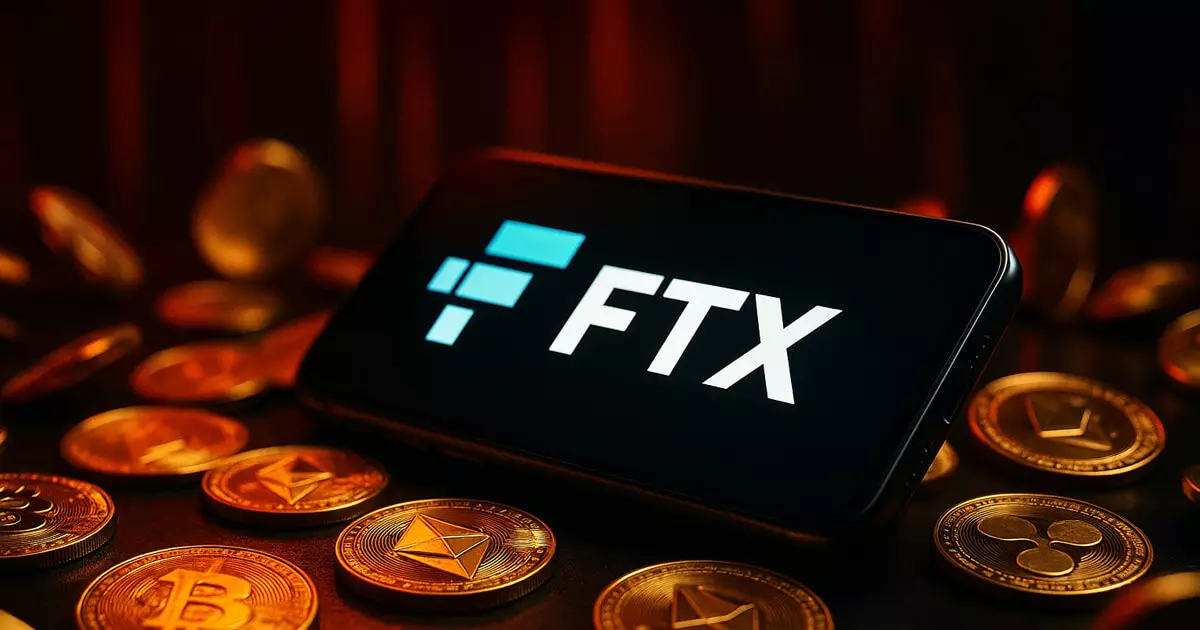The recent developments surrounding FTX’s repayment process are both a glimmer of hope and a source of mounting frustration for many stakeholders. BitGo’s initiation of the second phase of repayment signifies a critical juncture in what has been a tumultuous journey of recovery for the beleaguered exchange. However, as reports emerge confirming that user accounts have been credited but remain locked from trading until just beyond the end of May, one can’t help but question the efficiency and fairness of this drawn-out process. To refile bankruptcy is one thing; to get semblances of normalcy back is another.
The Discontent Bubble
Although a reported $5 billion is set to be disbursed to creditors, many are already expressing discontent with the way funds are being handled. The decision to peg repayment amounts to outdated cryptocurrency prices from late 2022, rather than the more lucrative current valuations, has raised serious alarm bells. Bitcoin, for instance, has skyrocketed from below $20,000 to over $110,000 since the collapse—an astronomical difference that has left creditors feeling short-changed. One must question the logic and ethics of a recovery plan that does not appropriately reflect the fluctuating nature of cryptocurrency valuations.
Fiat Frustration Reigns
Adding insult to injury, the majority of these repayments will be made in fiat currency. This not only dampens prospects for those hoping to reclaim their crypto assets but also raises eyebrows regarding the management’s overall strategy. Is it fair to extract value at a time when the crypto markets are booming? Many former FTX users expected to at least get closer to what they had initially invested rather than being subjected to the volatility of fiat resettlement. This approach appears to benefit creditors with a ‘one-size-fits-all’ mentality—a model that disregards individual circumstances and fails to address nuanced grievances.
The Phishing Nightmare
As if the financial unraveling and procedural setbacks weren’t enough, the environment surrounding this disbursement has become a hotbed for phishing scams. Users are being targeted by fraudulent emails that mimic legitimate communications from BitGo, Kraken, and FTX—an unethical tactic that underscores the very real dangers in today’s digital landscape. This flood of scams preying on unsuspecting creditors adds yet another layer of complexity to an already convoluted recovery journey. Sunil Kavuri’s cautionary note serves as an urgent reminder that the integrity of user accounts must be vigilantly protected.
There’s no clear-cut resolution in sight for FTX creditors, particularly as they confront a recovery system that feels neither equitable nor transparent. The situation exemplifies the profound disarray that can accompany the intersection of traditional finance and rapidly evolving digital assets. With clouded accountability and varying degrees of disgust among creditors, it’s increasingly evident that reclaiming lost investments will not only take time but also a radical reevaluation of how these recovery processes should be algorithmically structured and ethically navigated.

